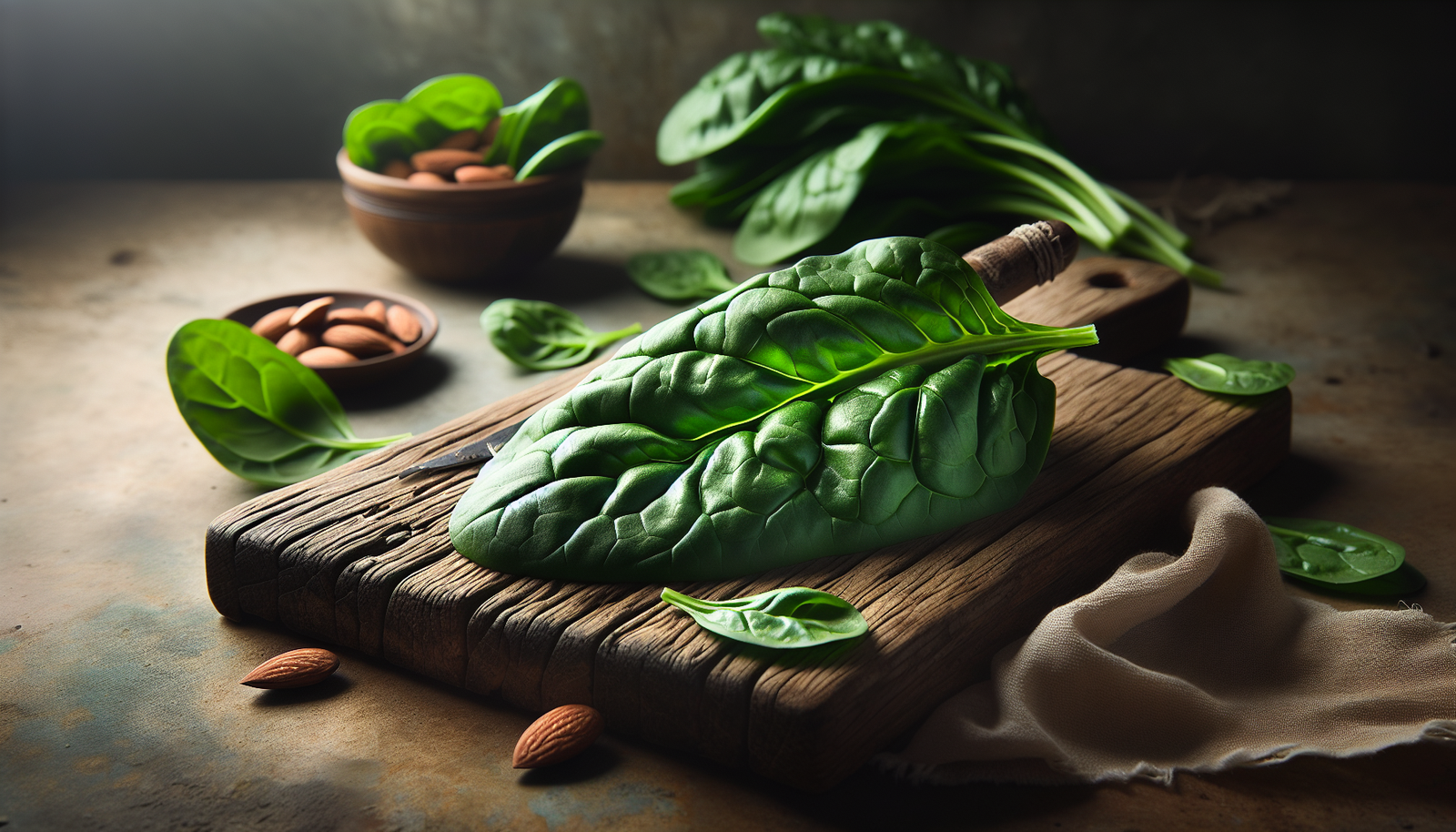Have you ever wondered how the foods you eat can impact your health, especially those sneaky high-oxalate foods? It’s pretty fascinating how something that seems so harmless could have effects on your body, particularly if you’re prone to certain health issues. In this piece, we’re going to talk about high-oxalate foods, their implications for your health, and practical steps you can take to prepare them in a way that minimizes their impact.

Understanding Oxalates
What Are Oxalates?
Oxalates are naturally occurring substances found in many foods. They’re also produced as a waste product by your body. In small amounts, oxalates are generally harmless. However, consuming them in large quantities can lead to health problems, particularly kidney stones.
Why Are High-Oxalate Foods a Concern?
When you consume high-oxalate foods, oxalates can bind with calcium in your digestive tract, leading to potential health issues. For people prone to kidney stones or certain inflammatory conditions, managing oxalate intake becomes essential.
Common High-Oxalate Foods
Here’s a quick look at some common high-oxalate foods you might want to watch out for:
| Food Item | Oxalate Content (mg per 100g) |
|---|---|
| Spinach | 970 |
| Rhubarb | 860 |
| Beets | 610 |
| Almonds | 475 |
| Sweet Potatoes | 140 |
| Potatoes (with skin) | 210 |
| Black Tea | 50 |
| Dark Chocolate | 100 |
| Berries (Raspberries) | 35 |
Knowing which foods contain high levels of oxalates empowers you to make informed choices about your diet.
Preparing High-Oxalate Foods
Importance of Preparation
Preparation can significantly reduce the oxalate content in foods. Cooking methods, soaking, and pairing foods wisely can help minimize the potential impact of oxalates on your health.
Cooking Methods
Some cooking methods can help reduce oxalate levels in foods:
-
Boiling: Boiling high-oxalate vegetables can leach some of the oxalates into the cooking water, rendering them less hazardous when consumed.
-
Steaming: While steaming retains more nutrients than boiling, it may not significantly reduce oxalate levels. However, it’s still a healthier cooking option.
-
Roasting and Baking: These methods can change the structure of foods but may not reduce oxalate content considerably.
-
Fermentation: This method can introduce beneficial bacteria that help break down oxalates.
-
Blanching: Briefly boiling the food and then plunging it into ice water can help decrease oxalate levels.
Soaking
Soaking is a captivating way to decrease oxalates in certain foods, especially nuts and grains. Here’s how:
-
Nuts: Soak high-oxalate nuts like almonds in water overnight. This can help reduce their oxalate content.
-
Legumes: Soaking beans and lentils can also lessen their oxalate levels, making them more digestible.
-
Grains: Soaking grains beforehand can break down some of the oxalates present.
Combining Foods Wisely
Pairing high-oxalate foods with low-oxalate foods can help balance your intake. Here are some ideas to think about:
-
Calcium-Rich Foods: Combining high-oxalate foods with calcium sources, like yogurt or cheese, can inhibit oxalate absorption.
-
Vitamin C: Foods high in vitamin C can convert oxalate into a less harmful form. Citrus fruits are a great addition here.
-
Magnesium: Including magnesium-rich foods can also help mitigate the effects of oxalates. Think nuts, seeds, and dark leafy greens.

Incorporating Low-Oxalate Alternatives
Finding Balance in Your Diet
If you’re worried about oxalates, it’s worth considering the numerous low-oxalate alternatives that can still give you that vibrant and varied diet. Some friendly suggestions include:
| Low-Oxalate Food | Notes |
|---|---|
| Cauliflower | Versatile and low in calories |
| Zucchini | Great in stir-fries or roasted |
| Cabbage | Pack with vitamin K and fiber |
| Mushrooms | Nutrient-dense and flavor-packed |
| Bananas | A good potassium source, low in oxalates |
| Apples | Add some crunch and natural sweetness |
These alternatives can be delicious and beneficial without the worry of high oxalate levels.

Lifestyle Adjustments
Staying Hydrated
One key lifestyle change you can make is ensuring you stay hydrated. Proper hydration helps to dilute the oxalates in your urine, reducing the risk of kidney stone formation. Aim for adequate water intake throughout the day—don’t wait until you’re thirsty.
Portion Control
It’s also crucial to consider portion sizes, especially for high-oxalate foods. Moderation is key, and being mindful of how much you’re consuming can help you enjoy these foods without overwhelming your system.
Regular Monitoring
If you’re prone to kidney stones, regular check-ups with your healthcare provider can make a difference in managing your health effectively. Monitoring your oxalate levels alongside other dietary factors can provide clarity on how certain foods impact your body.

Personal Experiences and Tips
Cooking from Experience
You might have come across some amazing recipes that rely on high-oxalate ingredients. Focus on small adjustments in these recipes that make a world of difference. For instance, if you’re a fan of spinach smoothies, consider using blanched spinach instead of raw to cut down on oxalate levels.
Engaging in Community
Joining forums or communities centered around dietary health can also provide valuable insight. Many people share their strategies for enjoying high-oxalate foods while maintaining their well-being. You’ll find reassurance in knowing you’re not alone in this journey.

Conclusion
Ultimately, what you eat is very personal, and everyone’s body reacts differently to high-oxalate foods. By preparing these foods thoughtfully and pairing them wisely, you can minimize their impact while still enjoying a diverse diet. Life is about balance, so don’t shy away from indulging once in a while, but it’s also wise to stay informed and proactive about your health.
As you continue on this journey of mindful eating, remember that knowledge is your ally. Whether it’s through cooking methods or choosing complementary foods, you have the power to take control of your health. You deserve to nourish your body while maintaining your love for food without fear.
Take these tips to heart, and you might just find that managing high-oxalate foods becomes second nature. Happy cooking, and here’s to your health!

